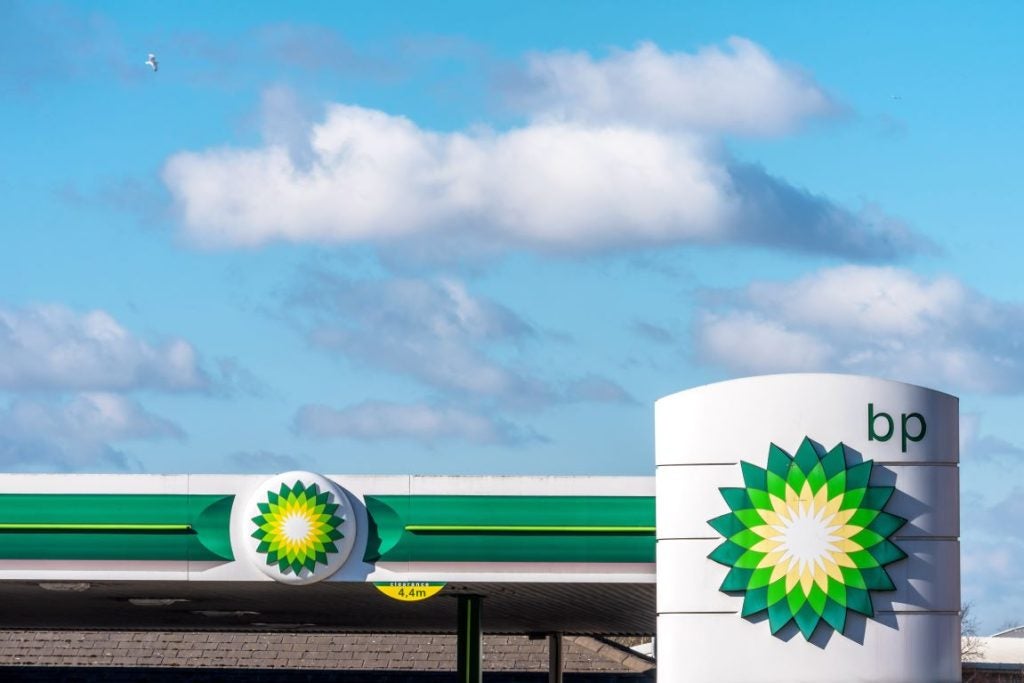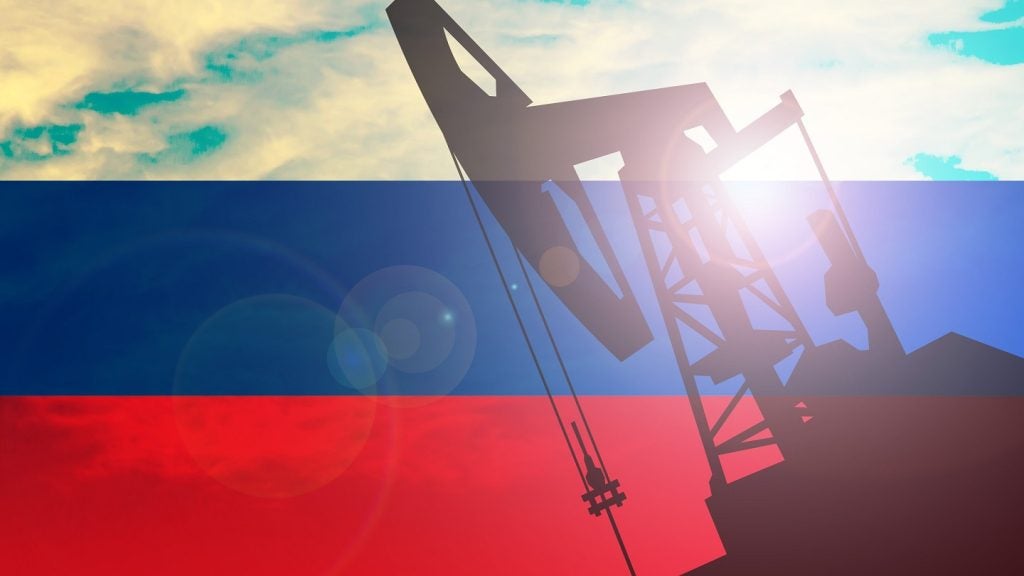
The financial crisis has put big pressure on companies’ cash flows by lowering commodity prices and making external finance difficult and expensive to access. The diminishing expected rate of return on projects due to volatility in crude oil price and a lack of funding support for projects because of the tightening of credit markets are the main reasons for decline in capital expenditure in the final quarter of 2008 and expenditure plans for 2009.
Reduction in expenditure has led to lower exploration and production activities. Under such circumstances, most oil and gas companies will prepare their capital budgets more realistically in line with their internal cash flows.
Instability, decline, credit crunch and weak demand
Since mid-2008, instability in financial markets, followed by a global economic slowdown and a sharp decline in oil prices, led to worldwide uncertainty in the oil and gas industry.
Demand for oil reduced by 2.5% in the final quarter of 2008 and an additional 3.6% in the first quarter of 2009. Weak oil demand and plunging oil prices have made investments in oil and gas projects less profitable and less attractive.
See Also:
Moreover, the cost of construction and equipment has not dropped to the levels of oil prices, leading to a tightening of cash flow for oil and gas companies. Volatility in oil prices and deteriorating market sentiments has held back expansion plans in supply capacities, which has adversely affected capital expenditure in oil and gas projects.
How well do you really know your competitors?
Access the most comprehensive Company Profiles on the market, powered by GlobalData. Save hours of research. Gain competitive edge.

Thank you!
Your download email will arrive shortly
Not ready to buy yet? Download a free sample
We are confident about the unique quality of our Company Profiles. However, we want you to make the most beneficial decision for your business, so we offer a free sample that you can download by submitting the below form
By GlobalDataThis, in turn, has led to extended periods of excess capacity or supply shortages, which has fuelled further volatilities.
Simultaneously, the global credit crunch has forced a worldwide scaling down of capital expenditure in the oil and gas industry. Banks and other financial institutions have increased interest rates and tightened their lending policies to check diminishing liquidity and maintain a strong balance sheet.
Growing concerns about falling asset values and disordered credit markets have led to a negative impact on the investment plans of many oil and gas companies.
Most companies operating across the oil and gas value chain are reviewing their capital expenditure plans as many planned or proposed projects have been rescheduled, while a significant number of ongoing projects have been deliberately slowed down or suspended. Almost all the biggest E&P companies are cutting back on the capital expenditure plans for 2009 they had announced earlier, and are realigning their capital budgets while awaiting a stable oil and gas market with higher oil prices.
However, the investment pattern varies with the type of company, degree of capital intensity required and country where oil and gas companies operate.
NOCs drive investment
The global economic slowdown has affected integrated and independent oil and gas companies more than national oil companies (NOCs). Many NOCs plan to maintain their capital expenditures for 2009 in line with 2008, or increase them to more than 2008’s level, backed by robust balance sheets and government funding.
However, volatility in oil and gas prices, and vague estimates of future demand, make it difficult for NOCs to estimate planned investments to secure future supplies.
The investments of major NOCs have been affected to a limited extent by the financial crisis. Although Russian companies such as Rosneft and Gazprom have significantly reduced their capex plans and Petrobras has also slightly reduced its capital spending for 2009, NOCs are better placed than independent and integrated oil and gas companies.
With limited exposure to equity markets and international financing, the impact of the global financial crisis on NOCs is limited.
For integrated and independent oil and gas companies, limited capital availability and tighter credit terms have led to significant cutbacks in their capital expenditure plans.
Almost all the main integrated and independent oil and gas companies have revised downward their capital expenditure plans for 2009. Despite strong cash flow and revenue structures, large integrated companies such as BP, Chevron Corporation and ConocoPhilips have reduced their capital investments in 2009 from the previous year because of an uncertain oil and gas environment.
Occidental and Canadian Natural Resources have considerably reduced their capital spending in 2009 to almost half their capital expenditure in 2008. At the same time, smaller independent companies including Suncor Energy, Talisman Energy and Apache have significantly cut back their capital investment plans.
Upstream hit hard
Across the global oil and gas industry value chain, the upstream sector has been the most affected in terms of reduced investment in exploration and development projects in 2009. Countries with higher development costs such as Canada, the US, the UK and Russia have witnessed a sharper decline in upstream investment expenditure than countries in the Middle East and Africa.
Upstream companies operating in Canada, the US and the UK have reduced drilling and other development activities by more than 40% in 2009 compared with the previous year. The UK’s Lochnagar project, operated by Chevron Corporation, has been postponed by almost two years and is to commence operations by 2012.
Similarly, the Puma project in the Gulf of Mexico, operated by BP, has been postponed by three years and the Perdido platform project in the Gulf of Mexico has been rescheduled from 2009 to 2010.
In oil and gas midstream, investments in LNG terminals have been affected by the financial crisis. Iran, which has the second-largest gas reserves in the world, has several delayed liquefaction projects.
LNG projects including the Persian LNG, Pars LNG, Iran LNG and Qeshm LNG – with a total planned capacity of 37.2 million tons, which were due to come on-stream by 2010 – are unlikely to commence operations before 2015. Similarly, Qatar’s new projects, including Qatargas 2 (trains 4 and 5), Qatargas 3, Qatargas 4 and Ras Laffan LNG III have been stalled and their gas supplies from the North Field in Iran are still to be reviewed.
In downstream, investments in the refining sector have been affected less. Planned refining projects have been rescheduled as a result of the financial crisis and a weak global outlook for oil product demand.
Key projects such as the Yanbu Refinery in Saudi Arabia, Nansha Refinery in China and Al-Zour refinery in Kuwait have been delayed or suspended. Apart from these, various other refinery projects in the Middle East, the US and the UK have also been delayed.
The impact of reduced capital expenditure will be felt by oil and gas companies in the long term. Reduced capital spending has resulted in a re-evaluation of alternative sources of finance and a careful bidding for projects.
Initial spending cuts are likely to affect more planned oil and gas projects rather than ongoing projects. With the present low demand, oil and gas supplies are secured to meet requirements in the short term.
Assuming positive corrections in global oil demand in the long run, a wave of supply crunch is most likely to hit the global economy by 2013-15 as a result of several delayed and suspended upstream and midstream oil and gas projects. The global economy would witness supply capacity constraints by 2012-13, which will eventually increase oil prices.
High costs, low investment
Regions with mature fields and countries with uncertain fiscal and political stands have witnessed a rapid downturn in investment. Countries including Venezuela, Nigeria, Iran and Iraq, which are known for their large resources but unstable fiscal and operating regimes, are witnessing a pull back of foreign and regional investments.
For example, the commencement of Shell Petroleum Development Company of Nigeria’s Forcados Yokri has been postponed from 2011 until 2012. Similarly, Iranian upstream projects including Kharg NGL, Darkhovin III and Azadegan South II have been postponed by two years from 2012 to 2014.
Highly capital-intensive projects with long lead times have resulted in the cautious revision of investment plans. Large upstream oil and gas and LNG projects have fallen victim to the economic slowdown.
The fiscal viability of large investment projects requires a stable energy market with high crude oil prices. This has been more pronounced for companies involved in extracting oil and gas from unconventional sources.
The companies involved in the Canadian oil sands, which involve high development costs, have been severely hit due to low crude oil prices, leading to a reassessment of their investment plans. The low price makes it unviable for exploration and production (E&P) companies to produce oil from oil sands.
The commencement of Royal Dutch Shell’s Athabasca oil sands mining project expansion, phase 2 (Canada), with a peak capacity of 100,000bpd, has been postponed from 2010 to 2011.
Similarly, the commencement of Exxon Mobil’s Kearl oil sands project in Canada, with a peak capacity of 100,000bpd, has been postponed from 2012 until 2014.
Several planned upstream projects in Canada have been suspended for some time, including BA phase 1-3, Firebag stage 5-6, the Fort Hills Mine projects, the Sunrise project and the Kai Kos Dehseh upgrader.
Conclusion
The global economic slowdown has had a dampening effect on crude oil and gas demand, leading to a sharp decline in oil prices, which resulted in a dip in the capital expenditure of oil and gas companies. Most companies throughout the global oil and gas industry value chain have rescheduled or cancelled their investment plans for 2009.
However, investment patterns vary between NOCs and independent and integrated oil and gas companies. Investment patterns also vary based on development costs and fiscal regimes in various worldwide regions.
Projects in the oil and gas upstream sector have been hit more than the downstream sector. Unconventional oil and gas projects, which require high capital investments, have been particularly affected. More than 15 Canadian oil sand projects with high development costs have been suspended since late 2008.
The future outlook for the energy industry depicts a mixed picture with a downturn in capital investments in the present and an anticipated supply crunch in the long run.






